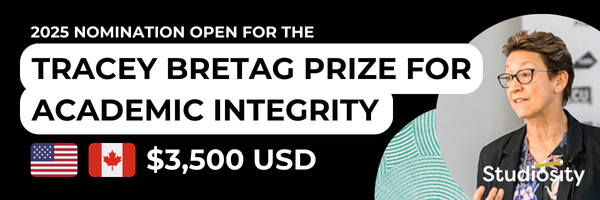
Eight Dawson students working in two teams have won an independent video game design competition in an extracurricular competition organized by Physics faculty member Nadim Boukhira.
The students are all in the SPACE student enrichment initiative.
In the fall of 2023, Nadim started designing an educational video game for physics, with funding through an Entente Canada-Québec grant given to Professor Neerusha Baurhoo Gokool of the Université de Montréal. Nadim is the creator and lead developer of the game called Vector Shock and he is collaborating with university students from UdeM and Concordia who are artists and programmers.
Groundbreaking physics simulation
"It is an ambitious project that led us to design a groundbreaking physics simulation that surpasses what is currently available to physics teachers, wrapped in a full-fledged indie video game that is exciting to play in its own right," Nadim said.
The Dawson competition is to design one level for the game using mandatory gameplay and physics components. "The level should teach the students physics concepts while being fun to play." Nadim said. The participating students are mastering their knowledge of physics so they may teach it in the context of a game.
"The game is designed to have a large number of levels," Nadim said. "Each level is a different puzzle that the player has to solve, that utilizes knowledge in electricity and magnetism. The participants had to imagine brand new puzzles that utilize new game features and mechanics and physics elements. We provided the participants with the game assets and the game systems (pre-built elements) but they had to assemble them into a level. The analogy is: we gave them the walls prefabs, floor tiles, pipes, cables, furniture, and they had to draft a plan for a house and then build it with what we provided."
Mastering physics through game design
Physics concepts of the game include electric field, electric potential, electric force on and motion of charged particles in an electric field. "Most participants were second-year students familiar with those concepts, but they had to elevate their understanding to teacher level. By designing the game, they are teaching these concepts to players. A deeper understanding of the concepts is required in order to teach them, especially in a context of a video game, where learning must also be fun," Nadim explained.
The video game level design competition helped the students grow beyond physics. "The project requires creativity and video game design is an art form," Nadim said.
On Feb. 16, the students brought their blueprints to discuss with game programmers and learned the basics of Unity, the professional game engine.
Nadim says that the levels designed by Dawson students are very promising and very creative, but still incomplete. "With future funding, we will refine and complete those levels, hopefully with the involvement of Dawson students, and then the levels created by Dawson students will be added to the final version of the game," he said.
What's next
The game is incomplete and a new application for funds will be submitted. Short term, a work in progress build will be used as part of research in the classroom.
The release of the complete game should be sometime in 2025 if the funding of the next phase comes through. "The amazing thing is that in only four months of development," Nadim said, "we have created a game that looks professional with a sophisticated and robust physics simulation to drive the gameplay."
Nadim's video game fits into a larger research project to develop serious educational video games for CEGEP Science students, and study the impact of those games in student learning. "I am in charge of creating the physics game, but there are CEGEP teachers from other anglophone colleges designing games in biology and chemistry. This is a truly inter-institutional umbrella project that spans several colleges and universities. There is a research component, as we wish to measure the impact of playing this educational game on student learning. We aim to present our work at the SALTISE conference this summer."
Nadim says that it has been a pleasure to see the Dawson participants progress and think outside the box to develop puzzles that are fun to play, and that require the player to understand the physics.
"In the end, the judges decided to grant a tie to the two participating Dawson teams," Nadim reported. "The designs from the two teams were very different in philosophy, but they were both equally impressive. This is only the beginning. We have demonstrated that it is possible, with the right support and organization, to elevate CEGEP students and to bring them to create a video game segment using a professional game engine. The students not only improved their own understanding of physics, but developed new skills in computer science and in creative problem solving that will serve them for life. We will do this again, bigger and better!"












